Airmiles may not necessarily be a complex topic, but many people often have several questions surrounding them. To help clarify any confusion you might have regarding air miles and the best ways to use them, we’re putting together a series of articles in the “For Dummies” series.
This article covers various terms related to the miles and points game, such as layovers, stopovers, and open-jaw flights.
Layover
During a multi-stop flight, you may need to spend some time at the connecting airport waiting for your next flight. This period is called a layover and can last anywhere from several minutes to several hours. Typically, you remain at the airport while waiting for your next plane. If the connection time is less than 24 hours, it is considered a layover. If it is over 24 hours, it is considered a stopover, which we will discuss next.
For instance, if you are flying from Mumbai to Chandigarh with Vistara, you can choose to fly via Delhi. Your BOM – DEL flight is UK954, and your DEL – IXC flight is UK706. This means that you will have to change planes, resulting in a layover in Delhi lasting 5 hours and 35 minutes.
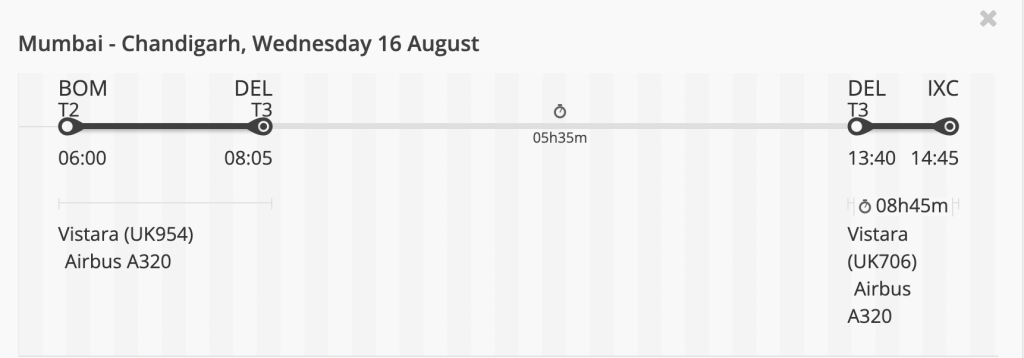
Stopover
A stopover is an extended stay in a connecting city, usually lasting more than 24 hours and up to one year, unlike a layover. Stopovers are a great way to see a new place without spending extra money on airfare or miles. Many airlines and frequent flyer programs allow stopovers on certain itineraries with or without additional miles or fees, so you can visit multiple cities.
Let’s take the example of traveling from Bombay to Chandigarh. Suppose you have work in Delhi and want to break up your journey there. Tickets with stopovers or multi-city itineraries will be issued under the same PNR. You’re technically on a stopover in Delhi since it’s longer than 24 hours.
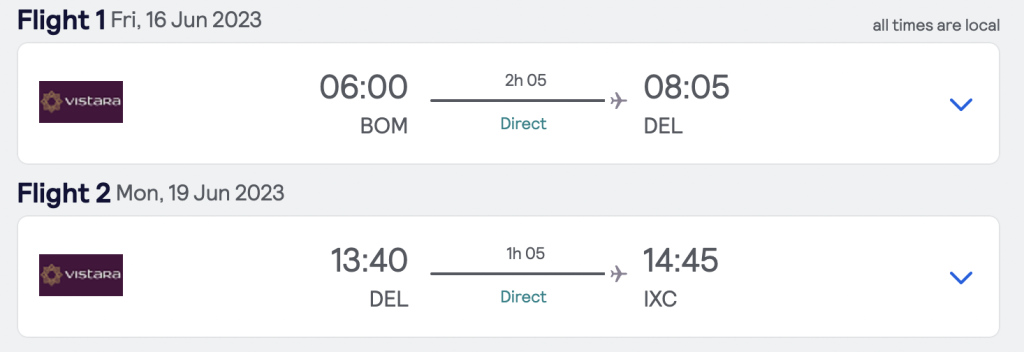
You might wonder why you need to book the flights together instead of separately, which would give you more flexibility. However, there are times when combining tickets is cheaper than buying them separately. This is especially important when booking through miles, as some programs let you add a free stopover without changing the miles requirement. In subsequent articles, we’ll discuss this in more detail.
Roundtrip
A round-trip is a flight that departs from and returns to the same airport. This type of trip can include direct flights or layovers and can be booked under one ticket in the context of air travel. Award redemption is usually more attractive for round-trip flights than for one-way flights. For example, if you book a round trip instead of a one-way trip, you can take advantage of free stopovers even with saver awards.
Suppose you’re traveling from Bombay to Chandigarh. If you fly from Mumbai to Chandigarh with a direct flight or a connecting flight via another city, and then return from Chandigarh to Mumbai, again with a direct flight or a connecting flight via another city, it’s called a round trip when it’s booked under the same ticket.
Open-Jaw
Open-jaw flights refer to flights that depart from one city and return to another. For example, if you fly from Mumbai to Delhi and then return from Chandigarh to Mumbai, that’s an open jaw itinerary. Open-jaw flights can be a cost-effective way to travel, as they allow you to cover more ground without having to backtrack to your original departure point. In India, if you’re planning a trip to multiple cities, you could fly from Mumbai to Delhi, then travel by train to Jaipur, and finally fly back to Mumbai from Udaipur. This would be considered an open-jaw itinerary, as you’re not returning to Delhi, but you’re still starting and ending your journey in Mumbai.
Depending on your travel itinerary, an open-jaw itinerary can save miles or help you find award seats. In future articles, we’ll explore this topic further.
Sectors
Sectors refer to one-way flights between two airports, regardless of the distance between them. To redeem air miles, it is important to understand this concept. Many airline loyalty programs use sector-based pricing, which calculates the number of points or miles needed for a trip based on the number of sectors flown, rather than the distance traveled.
For example for an award chart that uses sectors, a flight from Mumbai to Chandigarh is considered a single sector, regardless of the route taken. Whether you choose a direct flight or one with a layover or stopover, the pricing will count as one sector for calculation purposes, regardless of the number of flights or stops involved.
Segments
An airport segment refers to the portion of a journey between two airports. For example, a traveler flying from Los Angeles to New York with a layover in Chicago would have two segments.
If you are planning a trip from Mumbai to Chandigarh, you have two flight options. You can fly directly from Mumbai to Chandigarh, which is a one-segment journey. Flying via Delhi, on the other hand, would divide your journey into two segments: the first would take you from Mumbai to Delhi, and the second from Delhi to Chandigarh. However, it is still considered a single-sector journey regardless of the number of segments. When redeeming award seats, understanding the chart based on your itinerary is important, so it’s crucial to know the difference between segments and sectors.
Airline Hubs
An airline hub is a major airport where an airline operates many flights and connects many destinations. Hubs serve as central transfer points, so if your destination is not the airline’s hub, you will most likely have a connection in the hub city. For example, if you fly on Singapore Airways from India to Southeast Asia, you will transfer through Singapore. Similarly, if you fly Etihad Airways from India to anywhere in the world, you will fly through Abu Dhabi. Understanding airline hubs is key to understanding award redemptions, as they offer more flight options and availability.
Mixed Class or Mixed Cabin
The term mixed-class itinerary refers to an itinerary with different segments or legs booked in different cabin classes. There are many reasons why you might want to consider a mixed-class itinerary. For example, if you’re taking a long-haul flight with a connecting flight afterward, you might want to book a business-class flight for the long-haul segment and an economy-class flight for the connecting segment. This can help you save money or miles and still enjoy a business-class flight in the long segment. Sometimes, premium-class award seats aren’t available throughout your trip due to aircraft type or limited seat availability.

For instance, when flying from Delhi to London, you can book a business-class seat on a direct flight with Air India for 45,000 Lifemiles, or you can fly from Delhi to Frankfurt in business class and then to London in economy class for 42,800 Lifemiles. It’s a great way to explore another city and reduce your miles expenditure. There are many other examples where we can save a lot of miles by using mixed-class itineraries, which we’ll cover later.

Airline Cabin Classes or Fare Codes (Y, W, J, F)
These fares technically apply to full-fare classes, but they are often discussed within the community when booking award seats as well. The Y fare is for economy class, W is for premium economy class, J is for business class, and F is for first class.
Although the exact differences vary from airline to airline and flight type to flight type, there are general discrepancies between them. The W class usually includes more legroom than Y, while J and F classes offer more amenities and better food. F class is the most luxurious class and comes with the most benefits.
Airport Codes – IATA and ICAO
Airports around the world are identified by a unique three-letter code known as the IATA (International Air Transport Association) airport code. This code is used to identify airports in airline timetables, reservation systems, and baggage tags. In India, the Mumbai airport is identified with the IATA code BOM, the Delhi airport with DEL, and the Bengaluru airport with BLR.
Another type of airport code is the ICAO (International Civil Aviation Organization) airport code, which is a four-letter code used for air traffic control purposes. This code is used by pilots, air traffic controllers, and other aviation professionals. For example, the ICAO code for the Mumbai airport is VABB, for the Delhi airport is VIDP and for the Bengaluru airport is VOBL.
It’s important to note that while some airport codes are the same for both IATA and ICAO, others are not. For example, the IATA code for the Indira Gandhi International Airport in Delhi is DEL, while the ICAO code is VIDP. Knowing the difference between these two types of airport codes can be helpful when booking flights or navigating airports.
Airline Two Letter Codes
Airline two-letter codes are unique codes assigned to airlines by the International Air Transport Association (IATA). These codes are used to identify airlines in flight schedules, timetables, and reservation systems. Some of the largest airlines in the world and their two-letter codes include American Airlines (AA), Delta Air Lines (DL), United Airlines (UA), Lufthansa (LH), Air France (AF), British Airways (BA), Emirates (EK), and Singapore Airlines (SQ).
Fifth Freedom Flights
Fifth freedom flights refer to flights operated by an airline between two countries, where the airline is not based in either of the countries. This means that the airline has the freedom to fly between the two countries and also to carry passengers between those countries. For example, Air Canada until very recently had a flight from Mumbai (BOM) to London (LHR) which then continued onwards to Toronto (YYZ). The flight between BOM – LHR would be a fifth freedom flight here.
Conclusion
In conclusion, understanding the terminology related to air miles and points can help you make your life easier. From layovers and stopovers to airline hubs and mixed-class itineraries, knowing these terms can help you save time and miles. Stay tuned for more articles in our “Air Miles for Dummies” series, where we will delve into more such topics.
If you’re interested in earning more miles, check out our article on the best credit cards to earn airmiles in India.

CardsCrusader is highly skilled at optimising miles and points for cost-free global travel. With extensive expertise, he has journeyed to a dozen countries with his family by leveraging credit card rewards and loyalty program. His passion for travel and credit cards has allowed him to experience different cultures and destinations without breaking the bank.



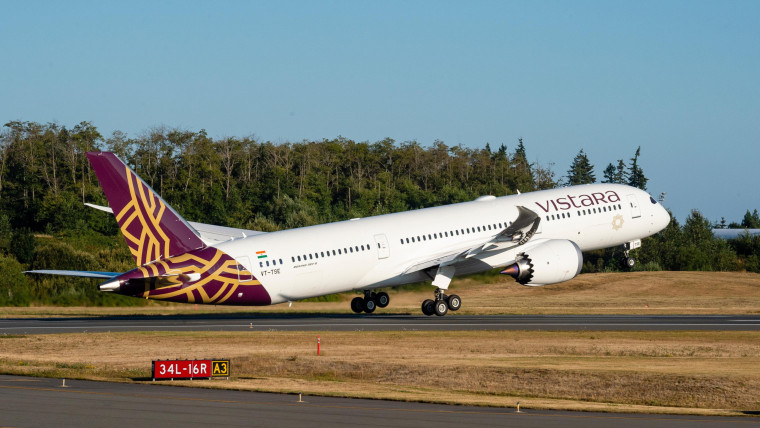
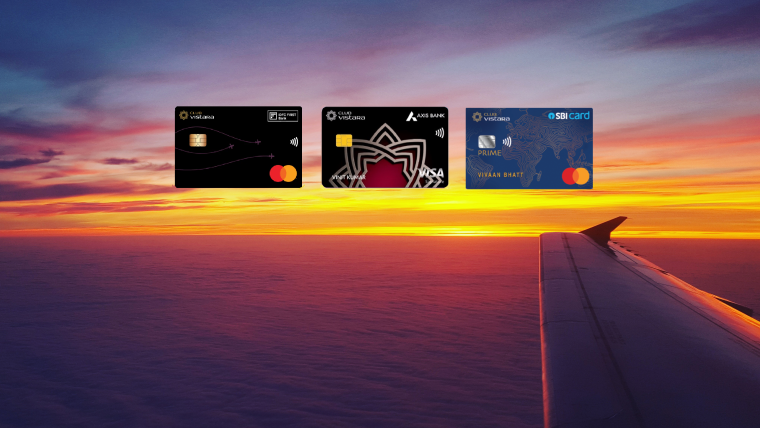

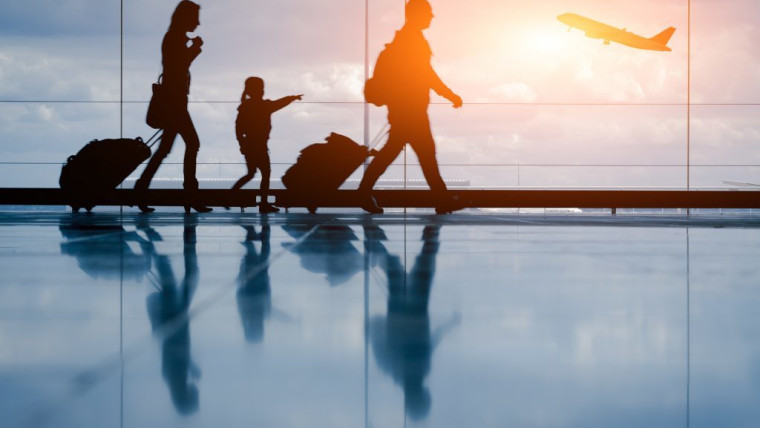

JAL Mileage Bank – The Ultimate Guide for Indians
How long does it take to transfer Axis Edge Reward Points?
Accor – The Ultimate Guide for Indians
Miles for Dummies: Family Pooling
Miles for Dummies: Family Pooling
Best Credit Cards to Buy Apple Products in India
Etihad Business Studio Review – Is the lost mojo back?
Introduction to Timatic – All Your Visa Questions Answered